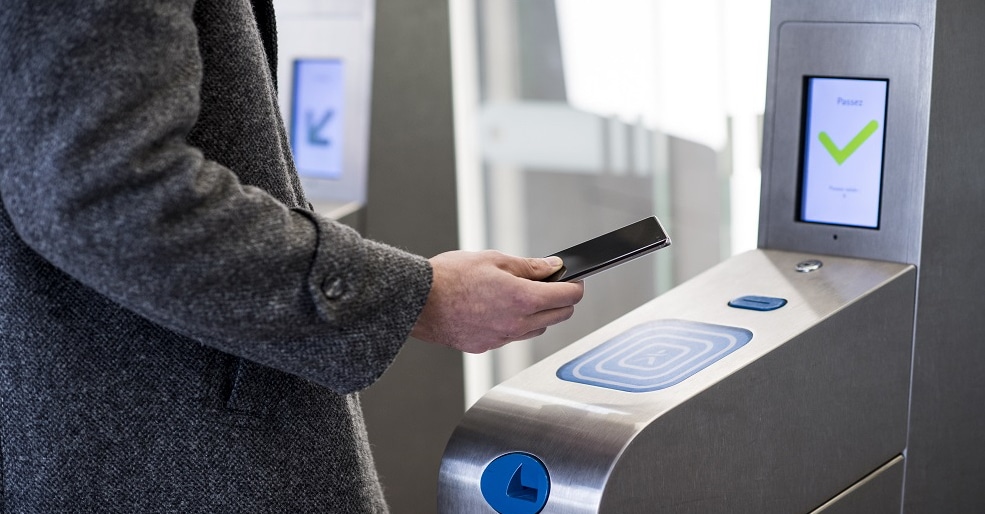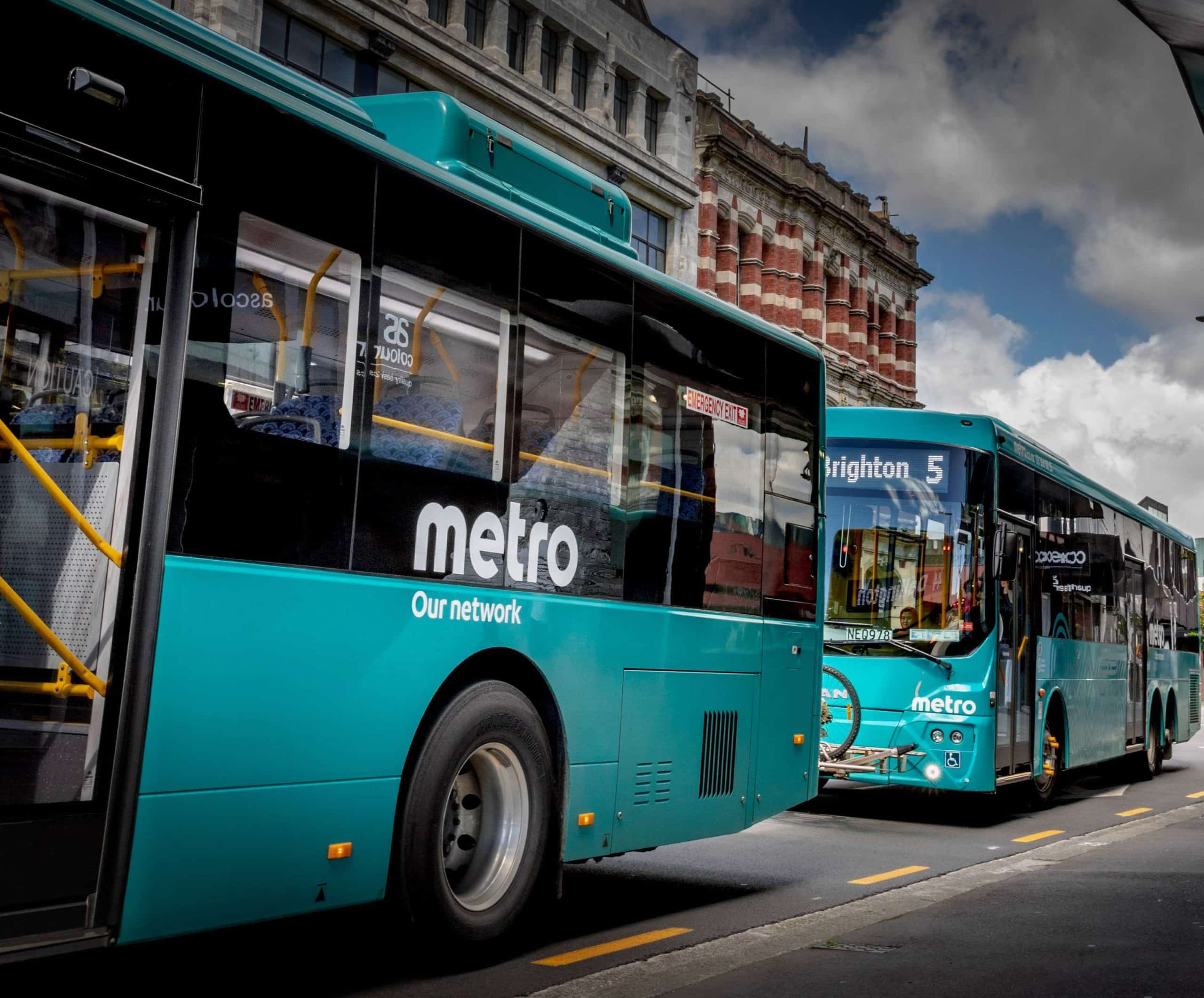
Article Highlights
Paris transit authority Île-de-France Mobilités is poised to roll out mobile ticketing with a digital version of its closed-loop Navigo card, using HCE technology on Android phones. In the past, IDFM had insisted on storing the card and its customers’ tickets and passes on secure elements. Bolstered security and a certification program by the Calypso Networks Association vendor group is believed to be convincing the transit agency to support HCE.
IDFM, formerly known as STIF, oversees the Paris Metro, buses, trains and trams within the region, delivering millions of trips per day. And while there haven’t been any high-profile hacks of Google’s HCE technology for retail or open- and closed-loop transit payments globally, the Paris transit authority apparently was not going to budge on its wait-and-see approach to HCE until it had more assurances of security.
• IDFM (Paris)
• CNA (Calypso)
• Wizway
Large Paris regional transit authority Île-de-France Mobilités is moving closer to supporting mobile ticketing on a range of Android phones using host-card emulation technology from Google, after the vendor trade group that manages the Calypso fare card technology the authority uses beefed up security.


















